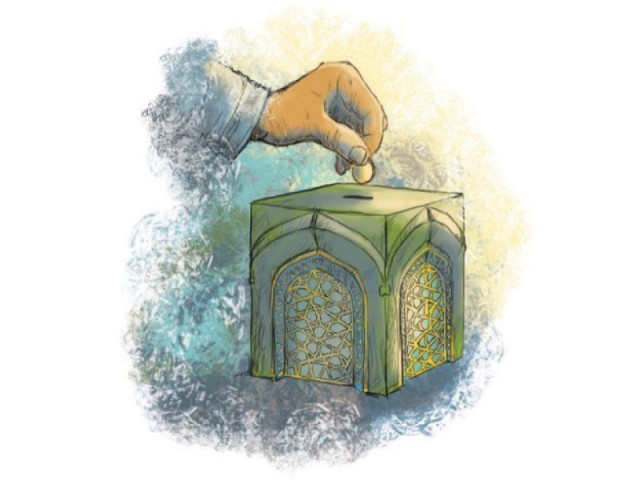
The Act was amended in 1958 for the first time keeping in view the requirements of domestic market and to have effective control over the insurance premium rates. Since then, various amendments have been made in the Act.
In 1970s, the federal government nationalised all insurance companies and created a large state-run conglomerate, today called the State Life Insurance Corporation of Pakistan. The Department of Insurance further created the controller of insurance for the same purpose that was abolished in 2000 when SECP was made responsible for supervising the insurance business in the country.
Present state
The insurance industry in Pakistan is relatively small compared to its peers in the region. The insurance penetration and density remained very modest as compared to other jurisdictions while the insurance sector remained underdeveloped relative to its potential.
As of December 2014, the industry’s total premium revenue stood at over Rs108 billion, which is 0.80% of GDP. In the year ending 2014, the industry received Rs60 billion in premium in the non-life segments spread over 39 companies, Rs48 billion in the life sector, spread between five companies of the private sector.
However, a bigger portion belongs to the state-owned life insurance company, to the tune of approximately Rs112 billion, based on its reported 70% market share.
Currently, there are 39 non-life insurers operating in the market, including three general Takaful operators and one state-owned company. Approximately, 65% of the market share in gross written premium rests with the top three players.
In addition, a government owned reinsurer continues to benefit from a mandatory minimum 35% share in the treaties of non-life insurers. There are nine life insurers, including two family Takaful operators and one state-owned corporation in the life insurance sector.
At the moment, it is mandatory for any business firm with 5 or more employees to register with the EOBI, however, contribution to private pension funds and other similar schemes is not mandatory in general. This means that private pension funds and insurance companies do not enjoy any state legislation, which is customary in most countries, whereby state possibly discriminates in favour of its own enterprise.
According to Dr Ishrat Husain, “the insurance and takaful industry has suffered due to benign neglect in absence of a strong champion and promoter in the government or the regulatory agency. It is time to consider setting up an independent regulatory authority for the insurance industry which should act both as a watchdog and promoter.”
Perhaps, Dr Husain overlooked the omni-presence of SECP in this context.
Shortcomings of the industry
My general position is for a strong regulatory role of state, which should facilitate the business and protect consumers, but not necessarily that of actual service delivery that has possibly induced inefficiencies and protectionism.

The call for a “promotional” role by the regulatory agency is fettered with great risks. The contribution of SECP in expanding insurance market in the country is highly questionable. With total insurance premium as percentage of GDP almost static over the last 15 years, as SECP gained more powers, there could hardly be two opinions about its promotional role. In fact, by increasing the minimum paid up capital requirements for insurance firms very recently, the SECP has increased the entry barriers, thereby indirectly curtailing competition.
According to the State Bank, “there has been a consistent decline in the number of life insurance companies operating in this area mainly due to limited demand for life insurance on account of small urban market, [and] presence of state-owned corporation, which enjoys almost a complete monopoly in the market and thus leaves very little share for other companies.”
The verdict is very clear. From a vibrant private sector-led insurance market at the time of independence, we have a state-dominated life insurance sector, a regulator which has done little for its promotion, and a tamed private insurance sector which does not enjoy a level playing field.
The writer is founder and Executive Director of PRIME Institute, an independent think tank based in Islamabad
Published in The Express Tribune, October 12th, 2015.
Like Business on Facebook, follow @TribuneBiz on Twitter to stay informed and join in the conversation.




1732538123-0/BeFunky-collage-(90)1732538123-0-165x106.webp)




1732486769-0/image-(8)1732486769-0-270x192.webp)







COMMENTS
Comments are moderated and generally will be posted if they are on-topic and not abusive.
For more information, please see our Comments FAQ